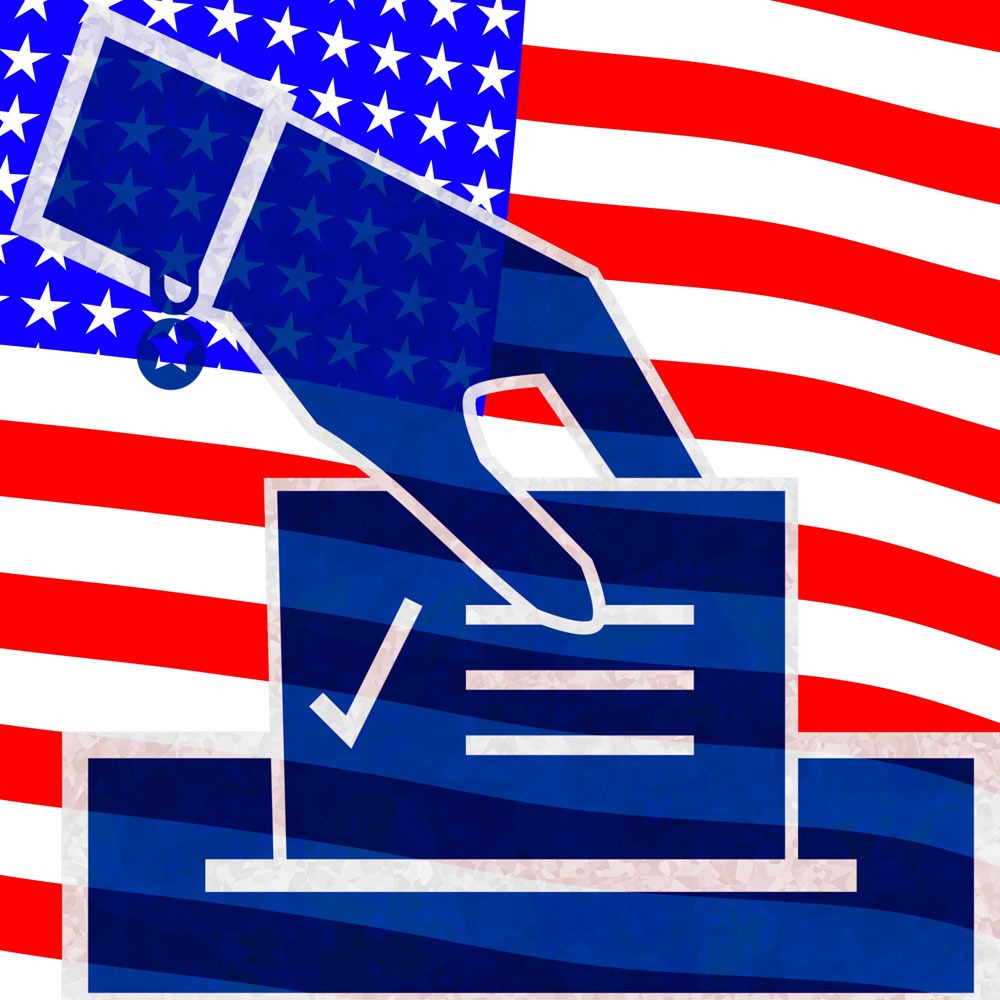
August 4, 2020; WKSU
If you have never before mobilized your nonprofit to get people out to vote, now is your chance. With so much at stake—the pandemic, the economy, the fight for racial justice, the climate crisis—nonprofits have a duty to provide voters with the resources necessary to exercise their democratic rights. In fact, it has never been easier to carry out voter education to your members.
Nonprofits such as Common Cause, with local chapters in 30 states, work year-round to uphold the right to vote. They have an accessible, easy-to-use set of voting tools that provide information not only on how to find your polling place, but also how to register to vote, check your registration status, request an absentee ballot, get information on your state’s voting laws, and even find out whether you are allowed to vote if you were previously convicted of a crime.
Organizations such as Election Protection and Rock the Vote focus on monitoring the election and offer ways for voters to document possible problems or barriers when casting their vote by providing toll-free numbers in multiple languages or Tell Your Story hubs to upload written or photographic evidence.
There are population-specific campaigns, too, such as Black Lives Matter’s Electoral Justice Project, or Telemundo’s partnership with national organizations Hispanic Federation, LULAC (Legal of Latin American United Citizens), NALEO Educational Fund, Voto Latino, and UnidosUS to work on getting out the vote among Spanish-speaking Latinx voters. Their DECISION 2020 webpage offers not only voter education information but specifics on where the candidates stand and virtual webinars and town halls. A poll conducted by Voter Participation Center/Voto Latino indicates that Latinx voters could determine the election in at least six battleground states: Arizona, Florida, Nevada, North Carolina, Pennsylvania, and Texas.
Issue-specific organizations such as the American Association of People with Disabilities also offer plenty of voting resources for the populations they serve and beyond to help people register to vote, reach their polling stations, get involved in voter education, or protect their vote.
Sign up for our free newsletters
Subscribe to NPQ's newsletters to have our top stories delivered directly to your inbox.
By signing up, you agree to our privacy policy and terms of use, and to receive messages from NPQ and our partners.
In regard to defending voting rights and fighting voter suppression, there is the Democracy Initiative, which works in partnership with 75 local and national organizations, from civil rights organizations to unions, to environmental and other democracy justice organizations.
“In a democracy, voters have the right to choose politicians, not the other way around,” says DI’s Director Wendy Fields in a press release. Their Facebook page highlights current concerns and issue campaigns around the nation in support of voting rights.
Organizations like the Brennan Center for Justice advocate for federal funds to ensure safe and secure voting—or, more specifically, to secure voting machines and infrastructure, guarantee election security against cyber-attacks, and help states plan for post-election audits so that all votes are tallied accurately.
Both presidential candidates have given up on holding big “superspreader” rallies this year and are holding more intimate fundraisers and virtual events to reach out to voters. Both parties are reaching out to voters via phone and video calls, mobile apps, and plenty of TV and social media advertising. Biden announced recently his campaign would spend $280 million in ads this fall, while the Trump campaign said they’ve reserved $145 million to spend in TV ads in 11 states after Labor Day.
Their outreach to voters is expensive, but yours doesn’t have to be. Your organization is just one newsletter email away from becoming part of the Get Out the Vote movement and providing voters the information your constituents and stakeholders need to cast and defend their votes.—Sofia Jarrin-Thomas













